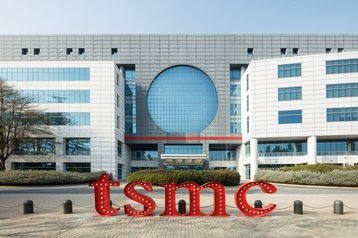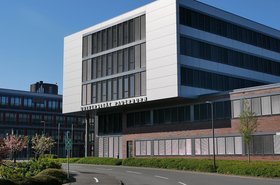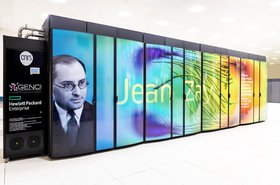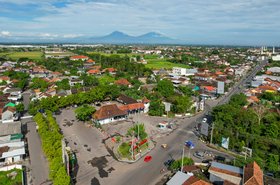Taiwan Semiconductor Manufacturing Company (TSMC) has halted operations and evacuated a number of its plants in Taiwan after a 7.2 magnitude earthquake hit the island.
The earthquake, which is the strongest to hit Taiwan in 25 years, struck near the city of Hualien on the east coast at around 7:58 am local time. At the time of reporting, seven people have been confirmed dead and at least 700 have been injured.
Internet outages have also been registered across the island, with the decline in network connectivity resulting from widespread reports of power outages according to the Internet monitoring watchdog NetBlocks.
TSMC is the world's largest contract manufacturer of semiconductors, producing chips for Nvidia, AMD, Apple, Qualcomm, Arm, and Broadcom, to name a few. Headquartered at the Hsinchu Science Park in Hsinchu, Taiwan, the company has 12 fabs on the island, all of which are located on the west coast.
According to analysis from Barclays, despite being on the opposite side of the island to the epicenter, Hsinchu was still inside the ‘moderate shaking’ zone. Analysts Bum Ki Son and Brian Tan said they believed a “moderate to strong earthquake is likely to have been felt in the production facilities in northern Taiwan, and Hsinchu and Taichung.”
In comments reported by Asia Financial, the two analysts noted that while companies have so far reported limited damage, the disaster “could lead to supply disruptions in the tech supply chain…” adding that “TSMC preliminarily said it would take around six hours to inspect the damages and estimated there could be a $60 million impact on its second-quarter earnings from the earthquake.”
TSMC did not comment on any possible production delay at its fabs when asked by DCD but, in a statement, a spokesperson from the company said: “Taiwan experienced a number of earthquakes on the morning of April 3, local time. TSMC’s safety systems are operating normally. Preventative measures were initiated according to procedure and some fabs were evacuated. All personnel are safe, and those evacuated are beginning to return to their workplaces. The company is currently confirming the details of the impact.
“Initial inspections show that construction sites are normal. However, the company has decided to suspend work at construction sites for today, and work will resume following further inspections.”
Taiwan is particularly prone to earthquakes because it sits near the convergence of two tectonic plates. On TSMC’s website, the company says that in the aftermath of the 7.6 magnitude earthquake on the island in 1999, the company laid down a series of earthquake protection management plans, “surpassing legal requirements.”
These include improving the seismic coefficient of its buildings beyond the legal requirements, installing floating piles in its fabs to decrease seismic amplitude by 25 percent, and establishing an earthquake early warning system.
The company also holds earthquake protection workshops and has trained 180 earthquake protection guards with “seismic knowledge and practices”.
At 11.30pm local time, Wen-Yee Lee, a Taiwan-based semiconductor reporter for Business Weekly Magazine, posted an additional update from TSMC on X, formally known as Twitter.
The statement read: “Based on TSMC's rich experience and capability in earthquake response and disaster prevention, and regular safety drills to ensure full preparedness. Within just 10 hours after the earthquake on April 3rd, the recovery rate of wafer fab equipment has exceeded 70 percent, and the recovery rate of newly built fabs (such as Fab 18) has exceeded 80 percent. Although a few pieces of equipment in some areas were damaged, affecting production lines, major machines including all Extreme Ultraviolet (EUV) lithography equipment remained undamaged.
“TSMC has allocated resources to expedite comprehensive recovery and has resumed operations today, maintaining close communication with our customers. We will continue to closely monitor and communicate directly with our customers about any relevant impacts.”
This story is developing and is being updated as more information comes in.







